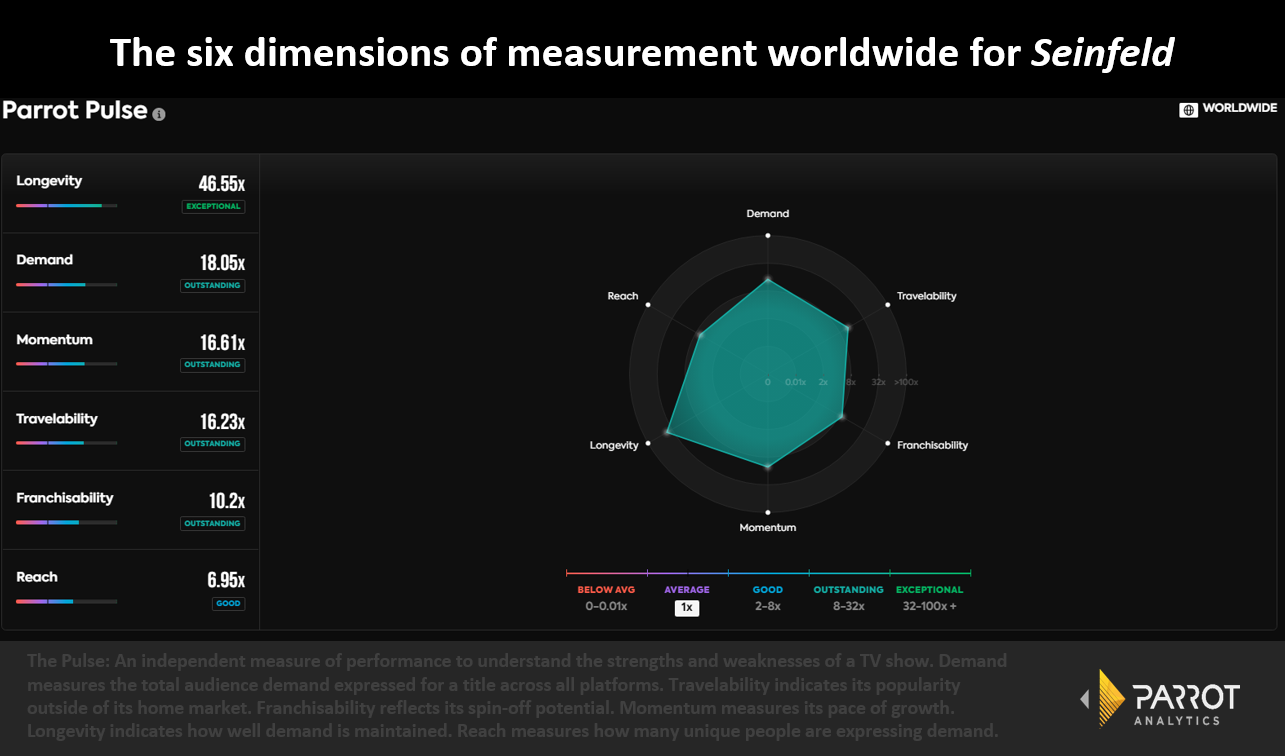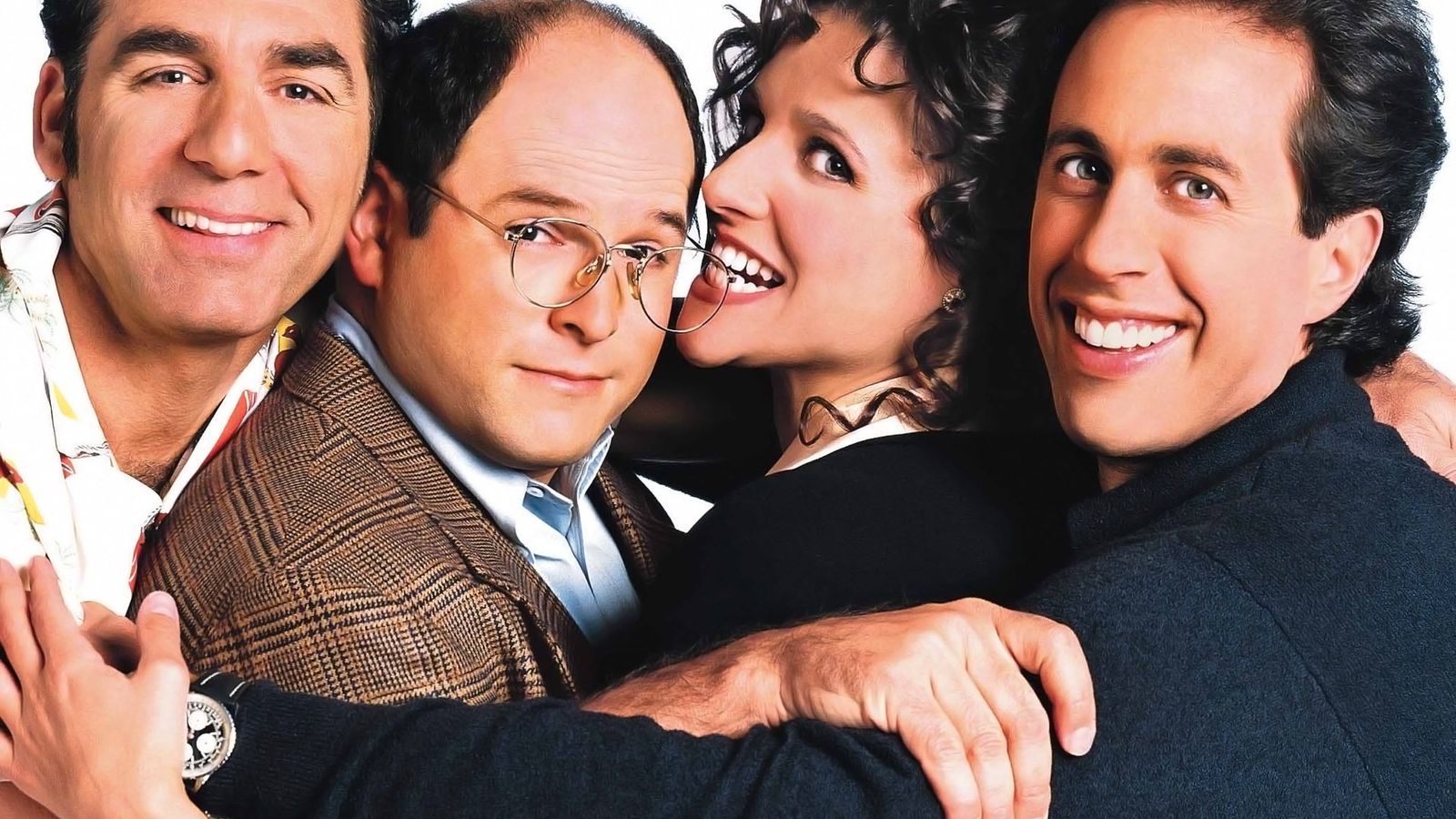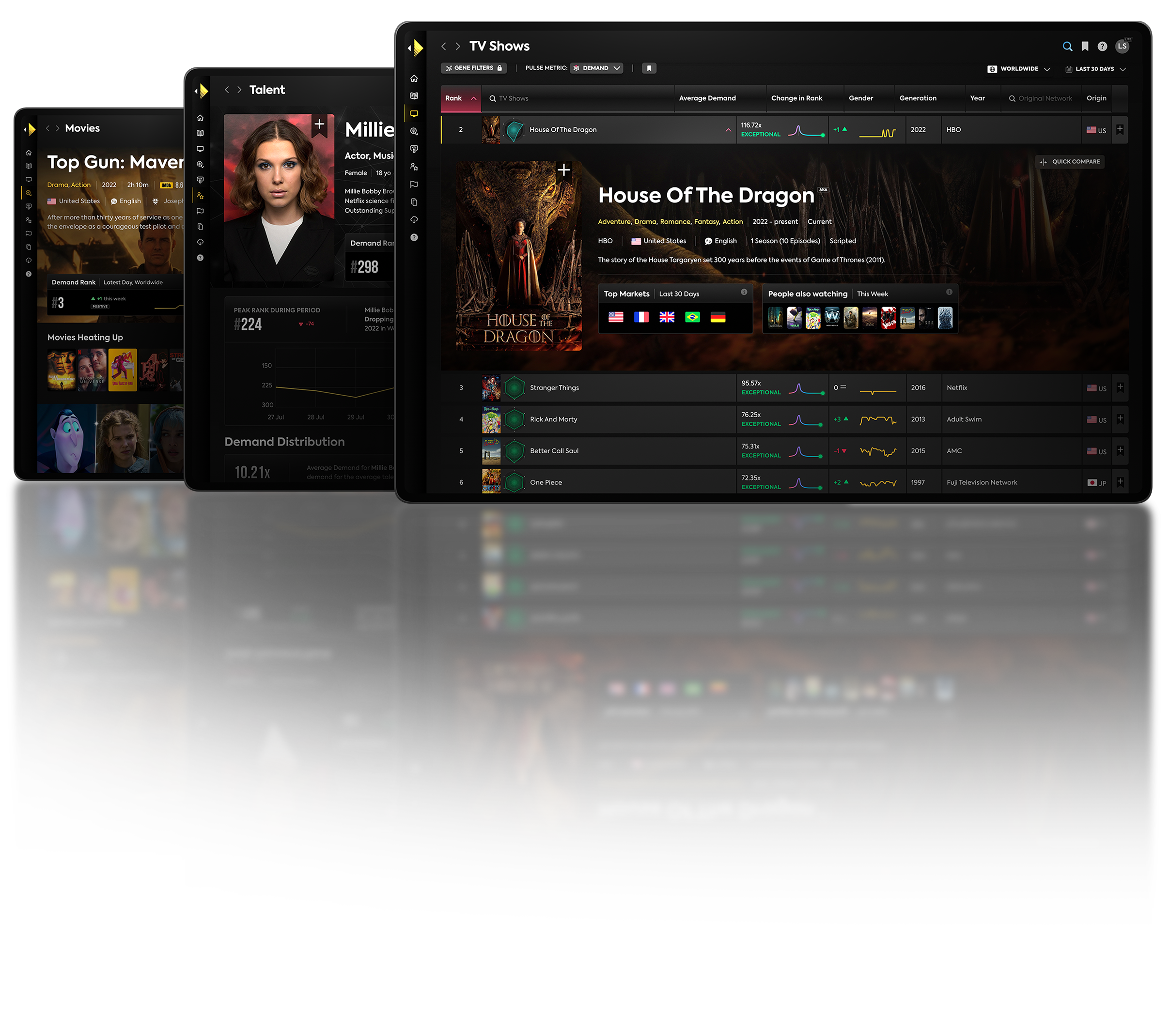The 4th annual Global TV Demand Awards, powered by Parrot Analytics’ global audience demand measurement system, is approaching and the world will soon know which shows in 2021 had the most global demand. An interesting category within these Awards to keep an eye on is the ‘Legacy Series’ category, which recognizes the series that have ended 20 or more years ago that have had the most demand in 2021. One of the finalists in this category is Seinfeld, a sitcom that was first released in 1989. This article will cover the show’s current levels of travelability, longevity, momentum, and franchisability that have grown significantly within this year.
Current Measurements
The chart below shows the current overall performance of the show. Being over three decades old with an audience score of 93 percent on Rotten Tomatoes, Seinfeld has an understandably high level of longevity - which indicates how well a title’s demand is maintained over time. With 46.6 times more all-time longevity than the average show, this is indeed an exceptional achievement. Only 0.61 percent of shows have this longevity. Demand - which refers to the total audience demand for the show across each platform, travelability - which refers to the popularity of the show outside of its home market, and franchisability - which indicates the show’s spin-off potential, are all additional areas of measurement that are significantly high in comparison to the average title, as well.

Global Demand
As shown in the previous chart, Seinfeld’s measurement for travelability is at an outstanding level. This indicates that the sitcom not only appeals to its home market, but it also resonates with audiences in other nations. The chart below shows the demand across the world for Seinfeld over the past thirty days. The United States, where the show was produced, sits at the top of this list with 28.6 times more demand than the average show. Outside of the home market, Canada, with 17.1 times more demand than the average show, and Australia, with 11.9 times more demand than the average show, are both at outstanding levels of demand for the show, also.

Recent Influences
The national lockdowns and other conditions that arose on account of the Covid-19 pandemic have been a definite impact on the world’s television viewing habits. With a significant number of streaming services available and the increased accessibility of these services on different devices, the pandemic has indeed given people more time to view and find comfort in television content. One interesting category of content that had seen a high increase in demand over this time was the series that had ended prior to 2016. Seinfeld was one of these, with a 54 percent increase in demand from April 2019 to April 2020. This level of demand for the sitcom has stayed relatively consistent over this year, as well - if the previously mentioned momentum and travelability are anything to go by.
Another factor that could have greatly influenced Seinfeld’s current high level of demand and measurement of momentum was the show’s debut on Netflix in October. The streaming service paid a reported $500 million for global rights to the show back in 2019. While winning over today’s audience could prove to be a challenge over time, especially with its unique brand of humour that is different to newer sitcoms on Netflix, such as Friends and The Office, Seinfeld could see an increase in demand over its first year on the streaming service. This will be particularly interesting to keep an eye on during this month, with “The Strike” - an episode centred around Festivus, a fictional holiday invented as an alternative to Christmas - being a point of interest in the entertainment media at the moment.
Seinfeld still holds a high level of demand in regard to the audience of today - three decades after its initial release. With factors such as its October debut on Netflix and measurement of momentum over the past twelve months, this twentieth century sitcom will be one to watch in the time leading up to the Global TV Demand Awards.




